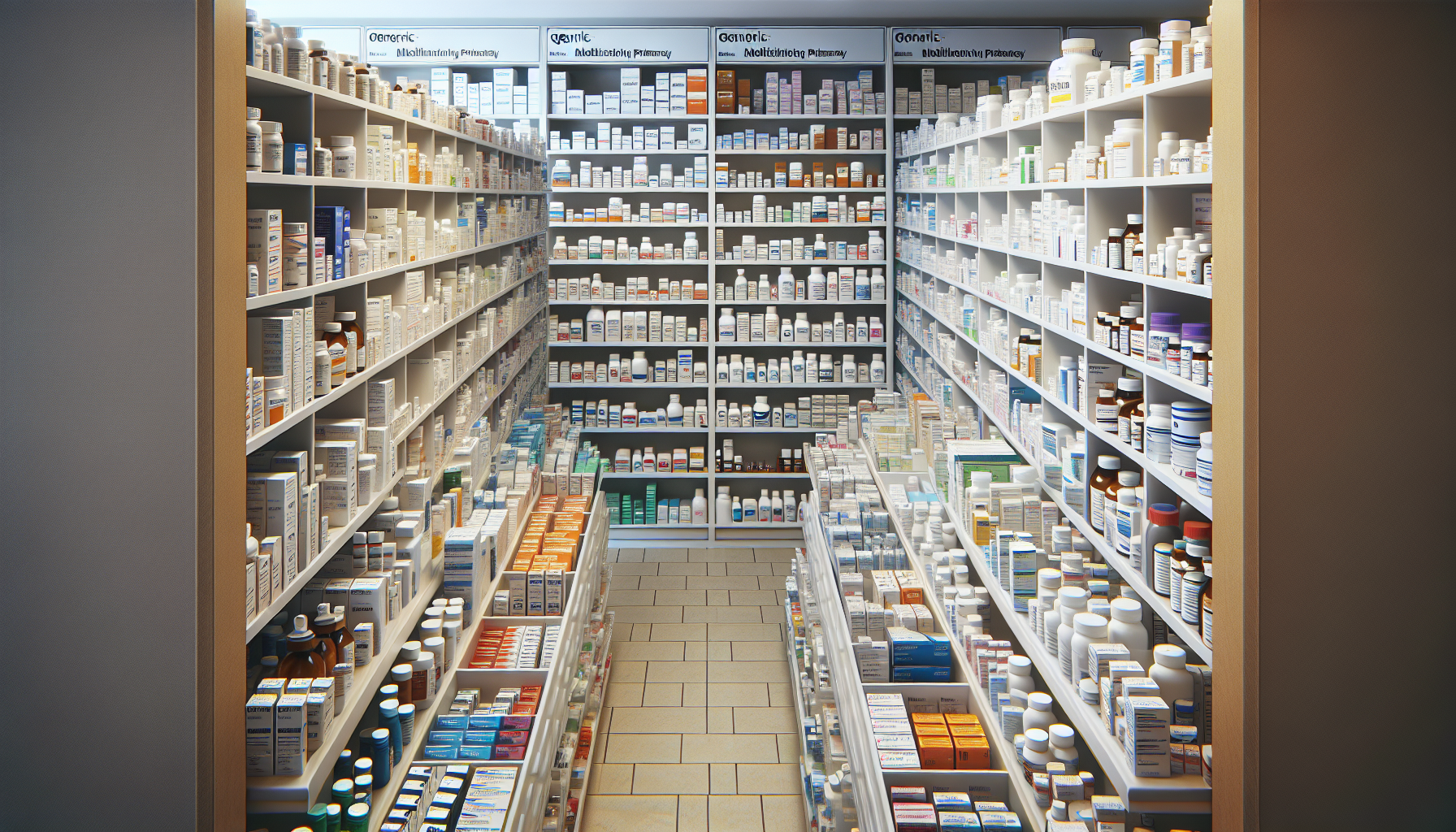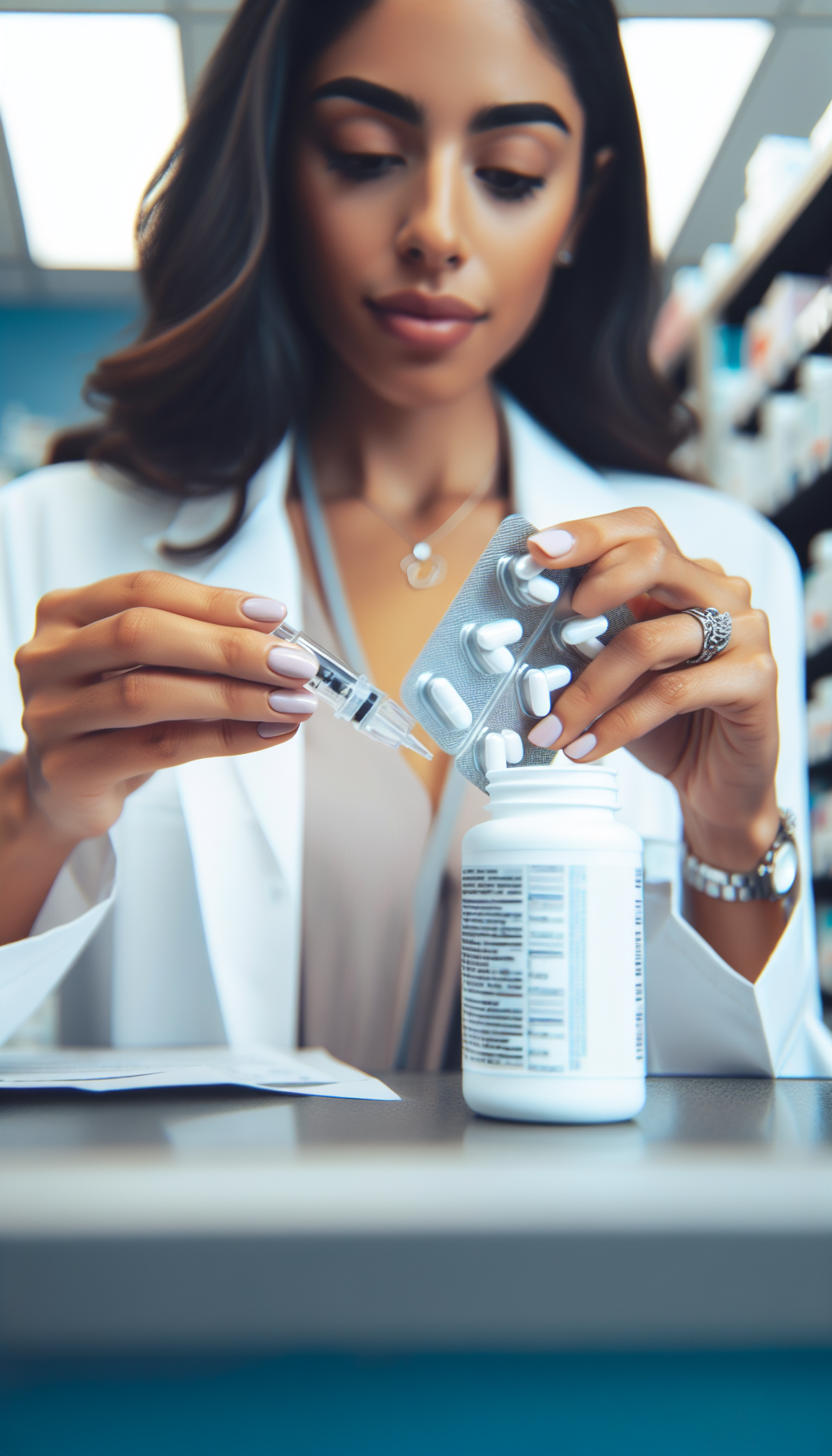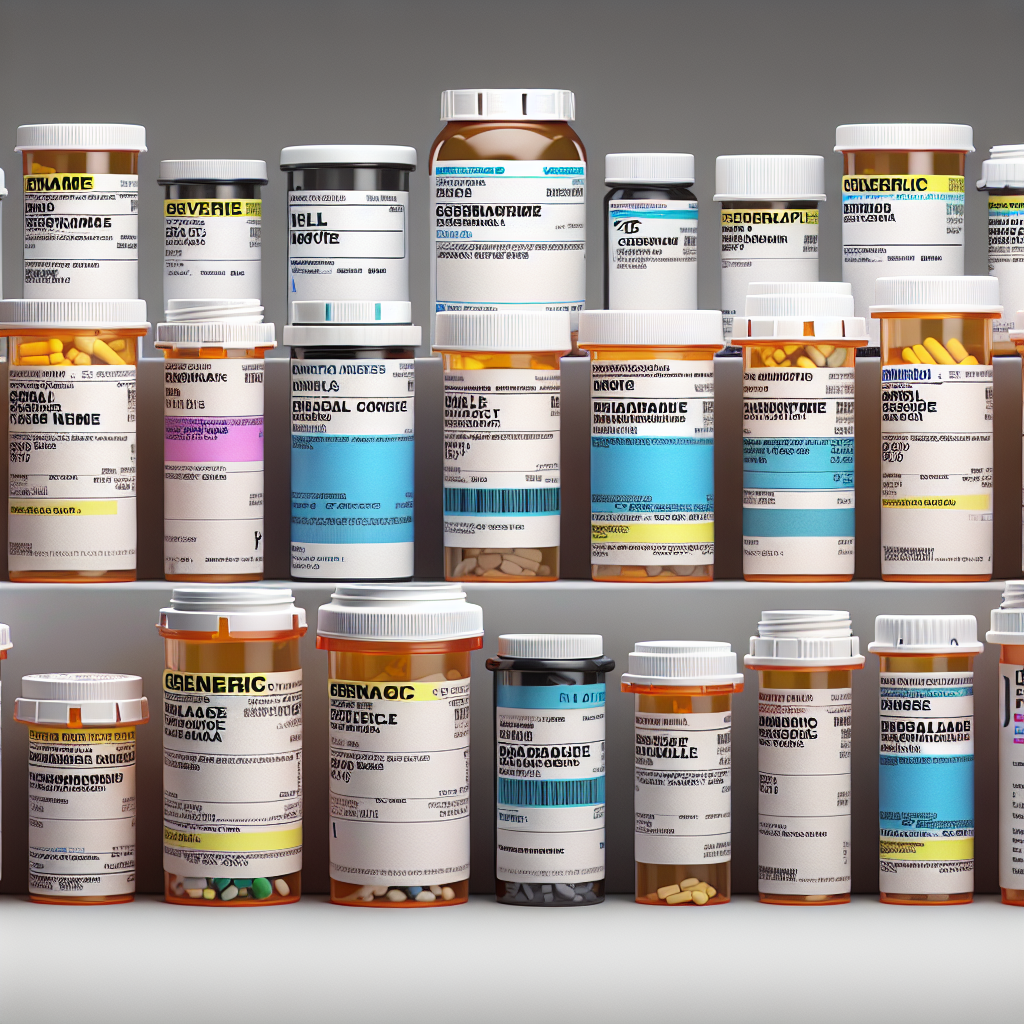In an era where healthcare costs are a significant concern for many, the debate around the efficacy of generic versus brand name drugs is more pertinent than ever. With a myriad of options available on pharmacy shelves, patients and healthcare providers alike are tasked with making informed decisions about medication that balance quality, efficacy, and cost. This article delves into the nuances of generic and brand name drugs, aiming to provide comprehensive insights that can guide choices in medication management.
Understanding Generic and Brand Name Drugs
Brand name drugs, often developed through years of research and testing, come to the market with a patent, allowing the innovator company exclusive rights to sell the drug for a period of time. Once the patent expires, other manufacturers can produce the same chemical compound, which is then known as a generic drug. These generic versions must pass stringent FDA requirements to ensure they are bioequivalent to their brand name counterparts, meaning they work in the same way and provide the same clinical benefits.
Despite this, perceptions of inferiority persist among some healthcare professionals and patients. However, studies have consistently shown that generics are just as effective as brand name drugs. The U.S. Food and Drug Administration (FDA) ensures that generic drugs meet the same standards for identity, strength, quality, purity, and potency.
Cost-Effectiveness of Generic Drugs
One of the most compelling arguments for choosing generic drugs is their affordability. Generic drugs can cost 80-85% less than brand name drugs, offering substantial savings to both patients and the healthcare system at large. With the rising cost of healthcare, generics provide an avenue for cost containment without compromising on efficacy.
For those concerned with medication and supplement costs, it’s worthwhile to explore options on the Medication & Supplements page, which offers resources and information on making informed decisions regarding drug choices.
Evaluating Safety Profiles
The safety profiles of generic drugs are as robust as those of brand name drugs. Before approval, a generic must demonstrate it has the same active ingredient, route of administration, dosage form, strength, and labeling as its brand name version. Both types undergo rigorous post-market surveillance to monitor adverse effects and ensure ongoing safety. This level of regulation helps solidify the trust in generic drugs’ safety and effectiveness.
For those interested in further exploring drug safety, the article on Evaluating the Safety and Effectiveness of Nootropic Supplements provides valuable insights into the considerations for supplement use, which parallels the evaluation process for medications.
The Role of Inactive Ingredients
While the active ingredients are the same, generic drugs may contain different inactive ingredients than their brand name counterparts. In rare cases, patients may react differently to these inert substances, such as fillers or dyes. However, for the vast majority of the population, these differences have no impact on the drug’s efficacy or safety.
Individuals with specific allergies or sensitivities can benefit from consulting Identifying and Managing Supplement-Drug Interactions, which sheds light on how to navigate potential reactions and choose medications appropriately.
The Impact on Healthcare Access
Generic drugs play a pivotal role in increasing access to medications for populations that might otherwise be unable to afford them. The availability of generics has been shown to improve medication adherence, as patients are more likely to fill and refill prescriptions that are financially accessible. This is a critical factor in managing chronic conditions where consistent medication use is essential for maintaining health.
For insights on the importance of medication adherence and patient education, the article on The Importance of Patient Education in Medication Management offers strategies for healthcare providers and patients to enhance understanding and compliance.
External Support for Generic Drug Efficacy
To contextualize the efficacy of generic drugs, several niche studies and resources provide valuable information. For instance, Harvard Health Publishing offers an in-depth look at the quality of generic drugs, echoing the sentiment that they are just as safe and effective as their brand name versions. Additionally, research published in the Journal of the American Medical Association has further affirmed the equivalence of generic medications in clinical outcomes.
Pharmaceutical Innovations and Future Directions
The pharmaceutical industry continues to evolve, with advancements in drug development and regulation shaping the future of medication. As biologic drugs and personalized medicine become more prevalent, the conversation around generics and brand name drugs may shift. Yet, the principles of bioequivalence and the rigorous standards set by regulatory bodies ensure that generic drugs will remain a cornerstone of affordable healthcare.
For those interested in the advancements in pharmacology, How Pharmacogenomics is Influencing Medication Prescriptions discusses the cutting-edge intersection of genetics and medication management.
Conclusion
The decision between generic and brand name drugs should not be influenced by misconceptions about efficacy or quality. With comprehensive regulatory oversight and a wealth of supporting evidence, generic drugs stand on equal footing with their brand name counterparts. By choosing generics, patients and healthcare systems can reap the benefits of cost savings while maintaining the same therapeutic effects.
In an era of informed healthcare decisions, understanding the nuances of medication choices is crucial. Whether managing chronic conditions, navigating medication costs, or simply seeking the best therapeutic options, the knowledge of generic versus brand name drug efficacy is an empowering tool for all involved in the healthcare journey.
With this understanding, patients, healthcare providers, and policymakers can work together to ensure that safe, effective, and affordable medications are accessible to those who need them, ultimately contributing to a healthier and more equitable society.



